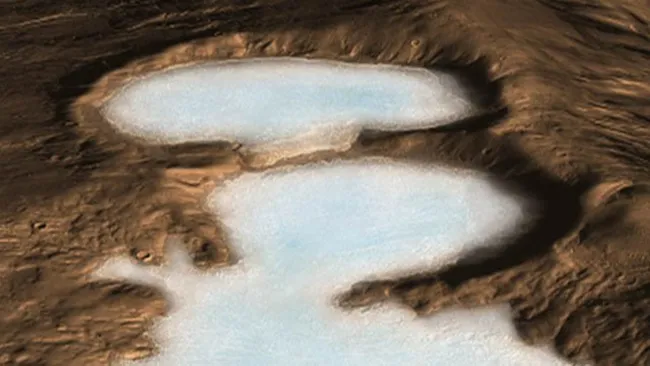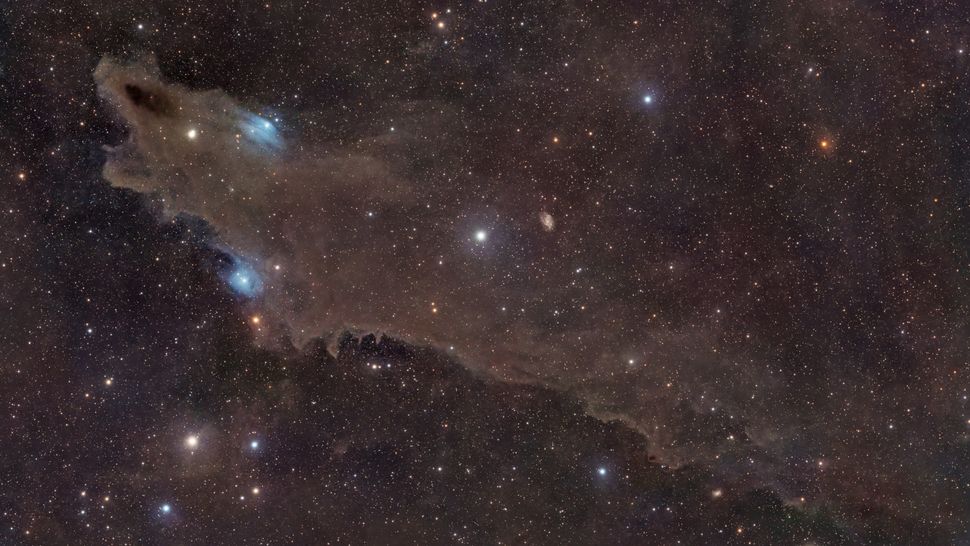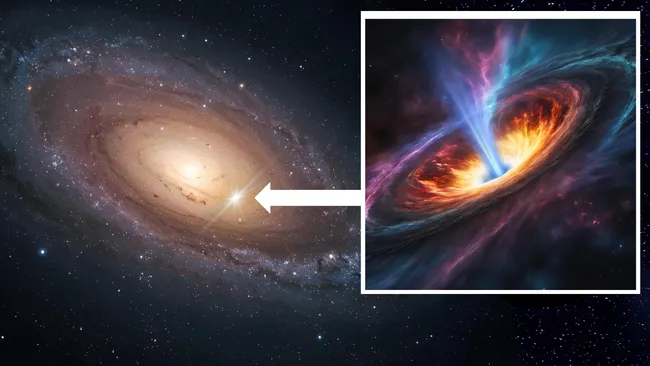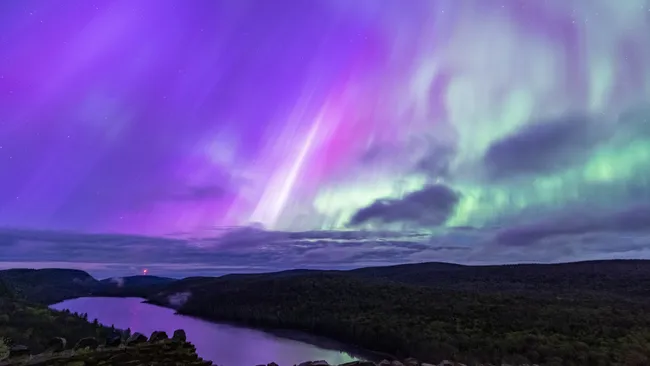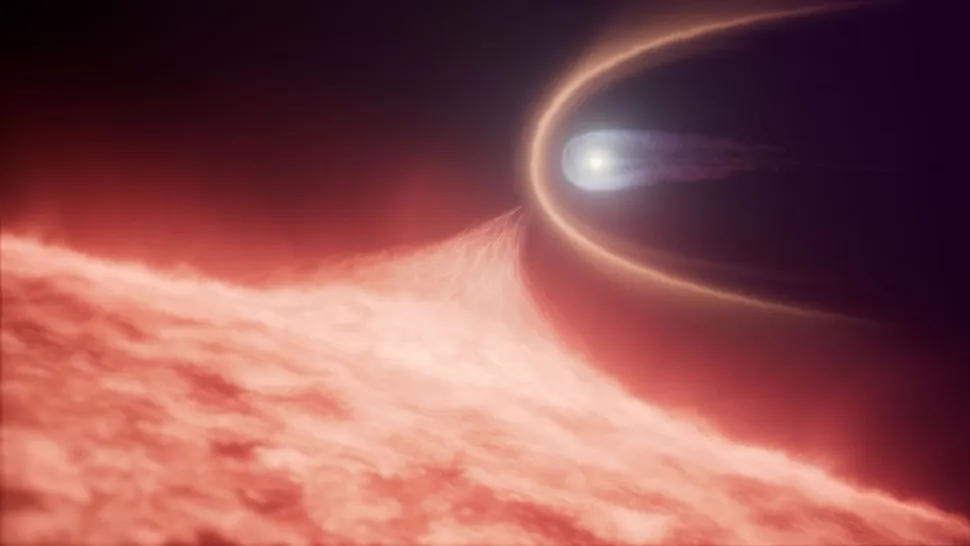In a breakthrough discovery that could redefine plans for human exploration of Mars, scientists have found that glaciers scattered across the Red Planet are made up of mostly pure water ice. This revelation could make these glaciers valuable resources for future manned missions.
The findings were published in the Icarus journal on July 12, and emerged from research led by a team using the SHARAD radar instrument aboard NASA’s Mars Reconnaissance Orbiter. By analyzing five separate sites across Mars, researchers measured how radar waves moved and dissipated through the material, helping them identify the ratio of ice to rock.
“We found a surprising consistency in the purity of these glaciers,” said Oded Aharonson, a planetary science professor at the Weizmann Institute of Science. “All the sites showed ice content around 80% or more, beneath a layer of rock or dust.”
Even more striking is the uniformity of these results, regardless of location — glaciers in both the northern and southern hemispheres of Mars appear to share similar compositions. That consistency points to a planet-wide set of environmental conditions that allowed this ice to form and remain intact for long periods.
Origins of Martian Glaciers
The study suggests two primary formation methods: atmospheric precipitation, meaning snowfall that formed glaciers, or direct condensation, where frost grew directly on the Martian ground. The researchers ruled out pore ice formation — a process that creates ground ice via water vapor diffusion — due to the low levels of impurities found in the glaciers.
This finding raises the stakes for Mars missions. If future human explorers could tap into these ice deposits, they’d gain access to crucial water supplies for survival, fuel production, and agriculture.
Next Steps in Research
The team now plans to extend their study to more Martian glaciers, hoping to build a clearer global picture of the Red Planet’s icy reserves. According to co-author Isaac Smith, this effort may help guide future landing site decisions for Mars missions.
This discovery marks a major step forward in understanding Mars’ geologic and climatic history—and opens exciting possibilities for the next era of human space exploration.

